Summary
This area is particularly popular for fly fishing, and it is known for its abundance of rainbow trout. Other prevalent fish species include brown trout, cutthroat trout, and brook trout.
Aside from fishing, the Abe Lee Fishing Site offers a range of activities for visitors, including hiking, biking, and wildlife viewing. The area is known for its stunning natural beauty, with a variety of hiking trails winding through the nearby mountains and forests. Visitors can also explore the nearby towns of Silverton and Durango, which offer a range of dining, shopping, and cultural attractions.
For those looking to fish at the Abe Lee Fishing Site, it is recommended to use lightweight tackle and to focus on dry fly fishing techniques. Additionally, anglers should be aware of the seasonal changes in water levels and temperatures, as these can greatly impact fishing success.
The best time of year to visit the Abe Lee Fishing Site is typically from late spring through early fall, with the average temperature ranging from 60-80 degrees Fahrenheit during this time. The summer months tend to be the busiest, so visitors may want to plan their trip accordingly to avoid crowds.
Overall, the Abe Lee Fishing Site offers a fantastic fishing experience in a beautiful natural setting. Whether you're an experienced angler or a beginner, there's something for everyone to enjoy at this Colorado fishing destination.
Weather Forecast
Nearby Streamflow Levels
Angling Safety Guidelines
Check local fishing rules, seasons, size limits, and license requirements to ensure legal and sustainable angling.
Handle Fish Responsibly
Use wet hands, minimize air exposure, and release fish gently to improve survival rates when practicing catch-and-release.
Choose the Right Gear
Match your rod, line, and tackle to the species and conditions to increase success and reduce unnecessary harm to fish.
Respect the Waterway
Avoid disturbing habitat, prevent bank erosion, and keep a safe distance from spawning areas to protect ecosystems.
Keep It Clean
Pack out all line, hooks, bait containers, and trash—discarded gear can injure wildlife and degrade waterways.
Related Links
Area Campgrounds
| Location | Reservations | Toilets |
|---|---|---|
 Matchless
Matchless
|
||
 Matchless Campground
Matchless Campground
|
||
 Molly Brown
Molly Brown
|
||
 Silver Dollar Campground
Silver Dollar Campground
|
||
 Silver Dollar
Silver Dollar
|
||
 Molly Brown Campground
Molly Brown Campground
|

 Turquoise Lake
Turquoise Lake
 Crystal Lakes
Crystal Lakes
 Crystal Lake Fishing Site
Crystal Lake Fishing Site
 Hayden Meadows Reservoir
Hayden Meadows Reservoir
 Homestake Reservoir
Homestake Reservoir

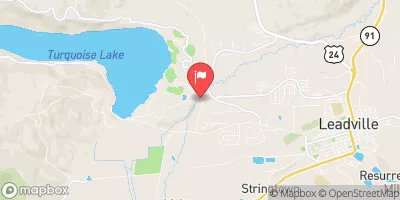
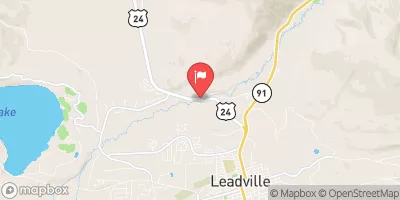
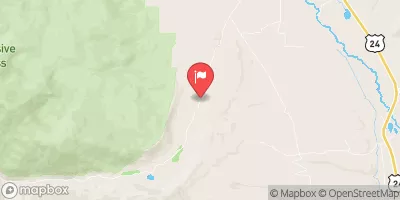
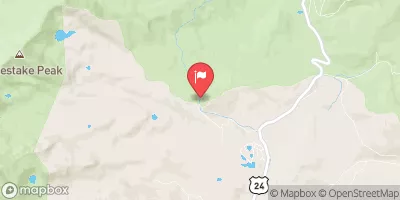
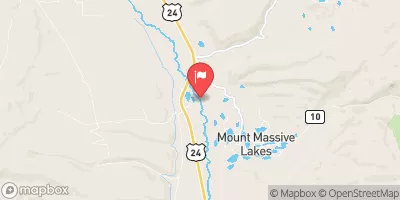
 Sugar Loaf
Sugar Loaf
 Turquoise Lake Trail Lake County
Turquoise Lake Trail Lake County